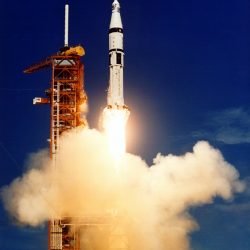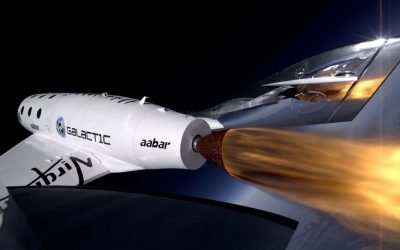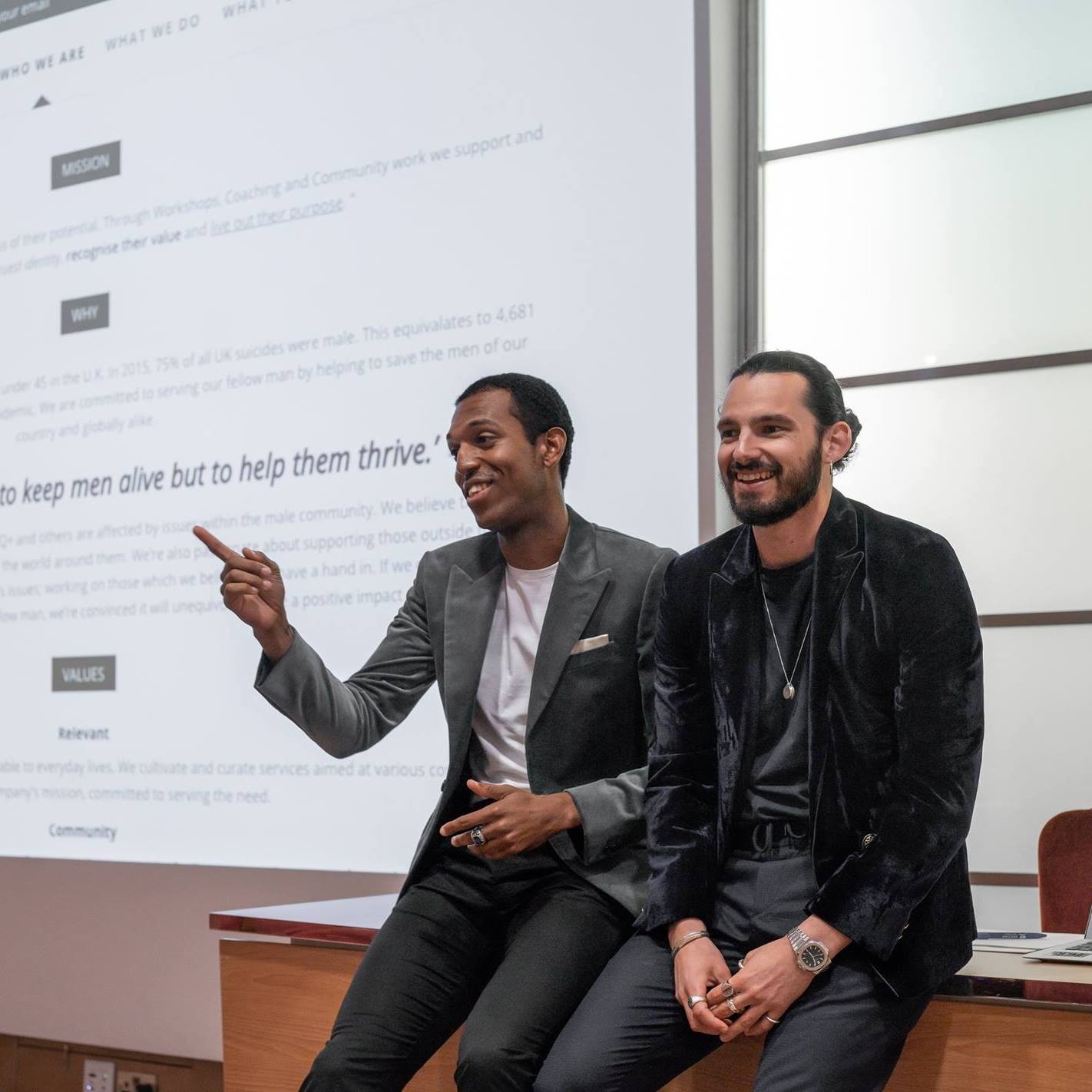The CEO of SpaceX, ELON MUSK, said at the press conference after the launch of the heavy falcon: “we want a new space race. Races are exacting.”
It seems that a new space race is coming.
The U.S. media attention these days gathered at launch pad 39A of the Kennedy Space Center. launch pad 39A of Kennedy Center is a Legendary place, where all the manned lunar missions in the Apollo project were launched from. Here was once the place where the American dream rose. SpaceX chosel aunch pad 39A for heavy falcon’s maiden voyage means something more


The UK has not been left behind on spending money on the journey to mars.
Since 2016 The UK Space Agency allocates more than €1.4 billion over the next five years to European Space Agency programmes,€82.4 million for the next phase of the ExoMars programme, to put a British-built rover on the surface of Mars to answer the question of whether life has ever existed on Mars. The UK investment – part of a €400 million euro package at the Ministerial meeting – insures the second phase of ExoMars will go ahead for launch in 2020. ExoMars will be the first non-US rover to the Martian surface to drill, collect and analyse samples.
In the past ,the Space Age spawned

two outstanding space programs as a result of the hot competition between the United States and the Soviet Union. Both countries gave primary emphasis in their space efforts to a combination of national security and foreign policy objectives, turning space into an area of active competition for political and military advantage. At first, this charged political environment accommodated nothing more than symbolic gestures of collaboration. Only in the late 1980s, with warming political relations, did momentum for major space cooperation begin to build. As the Soviet Union neared collapse, with its ideological underpinnings evaporating, the impetus for the arms race and competition in space declined, allowing both countries to seriously pursue strategic partnerships in space.
The breakdown of the Soviet Union and its transformation into Russia brought it and the U.S. together for collaboration. Both countries led the world in space technology, and they signed an agreement in 1993 to develop a joint space station. While funding shortages on the Russian side and technical problems for the United States hav
e caused friction, the two continue to work with 13 other nations toward the completion of the International Space Station.
With China’s emerging dominance in the world, we could see another space race to the moon in the coming decades. President Trump announced in 2017 that the United States would return to the moon and eventually to Mars by 2033. China’s space exploration Project 921 involves the same mars goal on a similar timetable.
The competition is not just between countries, but between large companies now.
After NASA announced their need for the next generation launch systems in 2010, and their own SLS plans run into a lot of problems, especially funding. Orbital ATK, ULA, and SpaceX All three companies are join the competition to win the NASA’s favor,and the goal of competition is no longer national pride or national security but cost savings.
Now the competition is moving to levels never seen before. SpaceX’s Falcon 9 costs about $62 million for every flight while the Falcon Heavy will start at approximately $90 million. By comparison, a flight involving the United Launch Alliance’s Atlas V starts at $109 million. NASA’s SLS is still years away from its maiden flight and it is expected to cost over 10 times as much as the Falcon Heavy per launch – about $1 billion. The SLS has already ratcheted up nearly $19 billion in development costs over the past decade and when it finally becomes operational, it will only fly twice a year.
ELON MUSK who is already providing satellite launches through SpaceX is planning a similar constellation, while Amazon founder Jeff Bezos’s Blue Origin and Richard Branson’s Virgin Galactic have also entered the space race.
Such a large amount of money is invested in the space program rather than the NHS or infrastructures, raising questions about whether such investments are good for the society.






